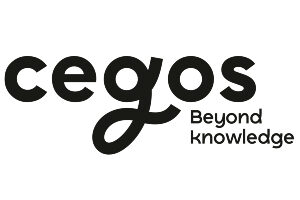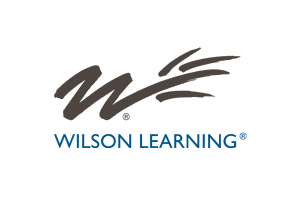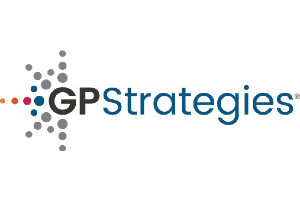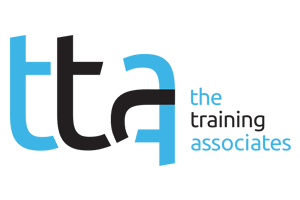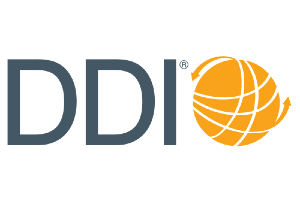Too often, organizations view leadership in the context of hierarchy and, as a result, provide leadership training solely to formal managers.
However, in today’s dynamic business environment, all employees would benefit from leadership training because, as Suzie Bishop, vice president of product development at The Center for Leadership Studies (CLS), explains, “Everyone is a leader. Everyone is influencing and being influenced.”
Effective leadership training offers all employees, including individual contributors, the skills they need to help the company stay competitive in a complex market. If we reserve leadership training for those with certain status and roles within the hierarchy, “We’re shortchanging ourselves and our organization,” Bishop says.
When delivering training across the organization, it’s important to focus on universal leadership skills that employees in all job roles, at all levels, would benefit from. Here are five to consider:
1. Adaptability
From advancements in artificial intelligence (AI) and other technologies to the rise of virtual and hybrid work, businesses have faced unprecedented change in recent years.
In an evolving market, employees must be able to adapt to shifting business needs and processes. For example, strong adaptability skills can help salespeople better adjust to the rise of virtual sales — especially if they’re used to connecting with clients in person.
Training employees in skills like change readiness, problem-solving and strategic thinking can help build adaptability across the organization. Training employees in the Situational Leadership® Model is also a best practice in preparing employees at all levels of the organization to adapt to emerging circumstances, and provide value, in a world that increasingly expects and fosters inclusive engagement.
In essence, the Situational Leadership® Model suggests that the best leadership approach depends on the tasks that need to be accomplished and the individual or team that is responsible for executing that work. Clearly, when you change the task (which is the reality of any disruptive change) you alter the readiness of those responsible for performance (Task-specific Ability and Willingness).
When managers and employees leverage an objective, third-party reference like the Situational Leadership® framework to assess the situation and align on the readiness of the individual or team to perform, the path to pursue not only presents itself, but it becomes the product of focused collaboration. This enhances buy-in, gets people on the same page and accelerates a targeted response.
2. Emotional Intelligence (EQ)
Emotional intelligence (EQ) is another skill that all employees need to thrive. Defined as “the awareness of and ability to regulate one’s emotions, as well as influence the emotions of others,” EQ can help employees navigate difficult conversations, improve their self-awareness, and build and maintain better relationships.
Effective communication is a foundational aspect of EQ. So, to begin building employees’ EQ, encourage the following best practices for communicating with others inside, and outside of, your organization:
- Check for understanding and “same page status” to determine if you’re both clear and on the same page before leaving a conversation, Bishop suggests.
- Plan out the key points you want to express before starting the conversation. In other words, Bishop says, “get clear about [the] communication before you’re in the moment.”
- Follow up after important conversations to ensure the key points were relayed and ask if there’s any remaining questions.
Delivering EQ training across the organization offers many business benefits, such as reduced conflict, better team dynamics, increased productivity, improved communication and more.
3. Negotiation
People managers need strong negotiation skills to navigate common employee-to-employer negotiations, such as negotiating a more flexible work schedule, or a requested change to existing processes or procedures.
However, many individual contributors also need negotiation skills. For instance, a project manager may need to negotiate roles and responsibilities amongst a group working on a shared assignment. And salespeople need to be prepared to negotiate effectively with clients.
To build employees’ negotiation skills, training should address topics like active listening, communication and goal setting.
Building negotiation skills across the business allows for greater collaboration and communication both internally and with external stakeholders.
4. Critical Thinking
LinkedIn Learning named analytical skills, which include critical thinking, as one of the top 10 most in-demand skills of 2023.
Training employees, at all levels, to think critically can help them more effectively analyze and evaluate information to make better, more informed, decisions.
Critical thinking skills can also help employees find more creative solutions to business problems and question existing processes, which can help the business remain agile and flexible in the market.
To help employees build their creative thinking skills, encourage them to recognize and work to combat biases, and consider multiple viewpoints and perspectives before making a decision.
5. Collaboration
Whether they work on a large, dispersed team or are a team of one, employees at all levels need collaboration skills to work with colleagues toward shared business goals.
Collaboration skills are especially critical on remote and hybrid teams, where it’s easy for employees to become siloed and disconnected.
To help learners hone their collaboration skills, encourage them to:
- Practice open and honest discussion.
- Listen to different perspectives with an open mind.
- Set and communicate clear goals for projects and assignments.
- Ask questions for clarity.
- Conduct regular “status checks” when working on shared projects.
Leadership Training for All: A Win-Win
Ultimately, “We all want to improve,” Bishop says, and we all want to add value to the business.
Training all employees on the leadership skills outlined above can help employees achieve both of these goals, benefiting both their own career development and the bottom line. In other words, delivering leadership training across the organization isn’t just a win: It’s a win-win.


